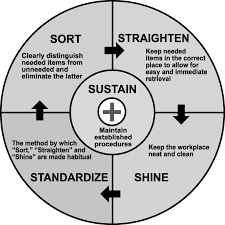Test the cylinder compression of an engine

PROCEDURE 1} Check the water level in the radiator and top up if needed. 2} Check the engine oil level and top up, if needed. 3} Check the electrolyte level in the battery and top up with distilled water if needed. 4} Insert the key in the main switch and press fully in and turn the key to the `ON' position. 5} Observe the ammeter on the instrument pannel. The indicator of the meter will show slightly on the discharge side (-ve side) of the meter and the ignition bulb will glow red and also the oil pressure indicator will glow. 6} Observe the fuel gauge . The indicator indicates the fuel in the tank from empty to full. Note down the quantity of fuel in the fuel tank . 7} Depress the accelerator lever fully. 8} Press the starter `button' or turn the ignition key further and crank the engine 9} Release the starter button /key as soon as the engine has started. ...




